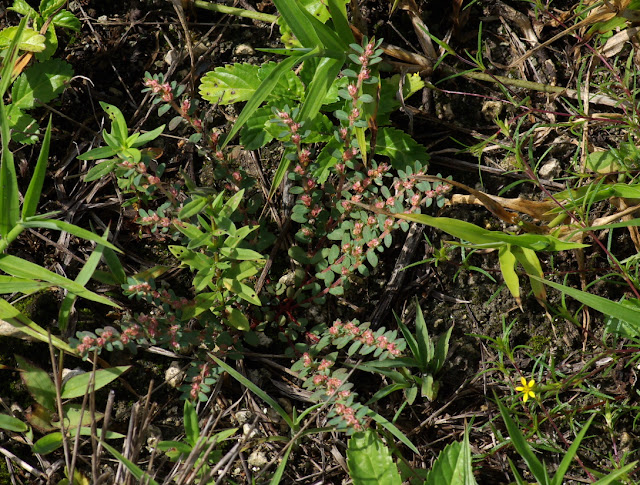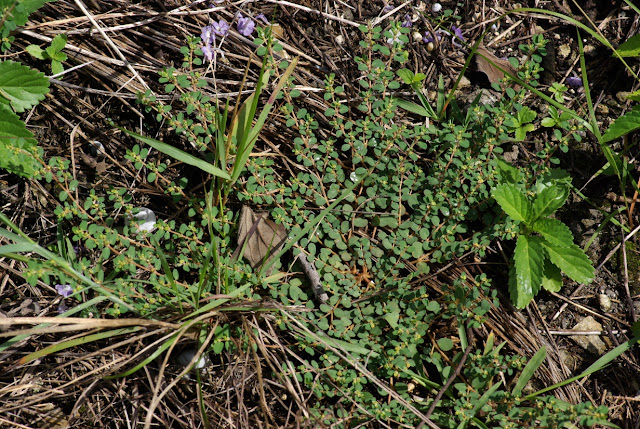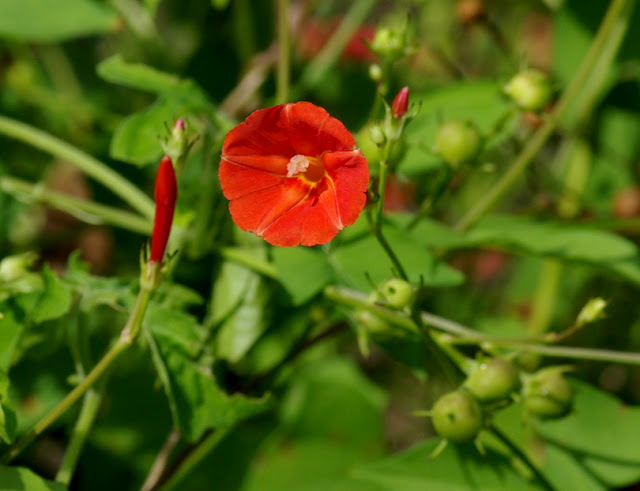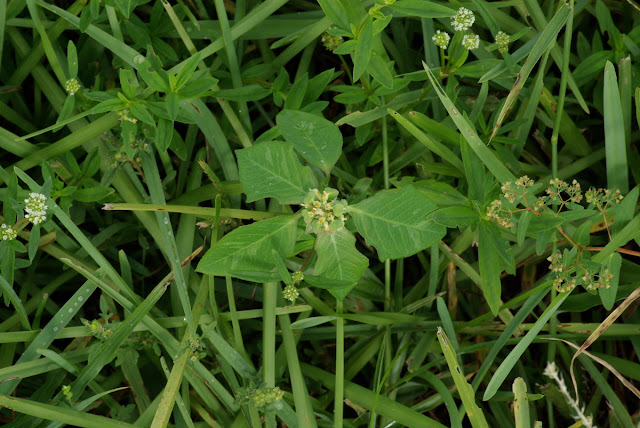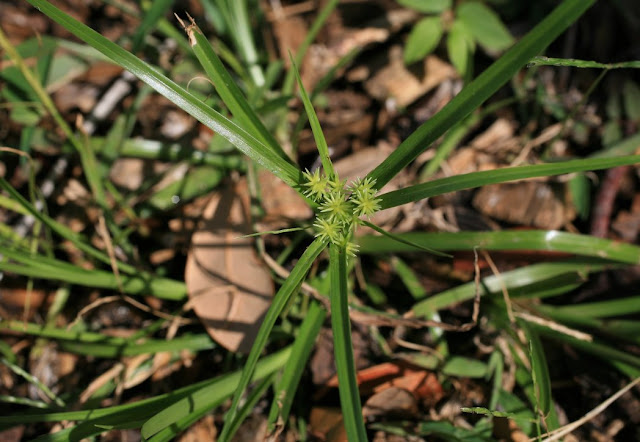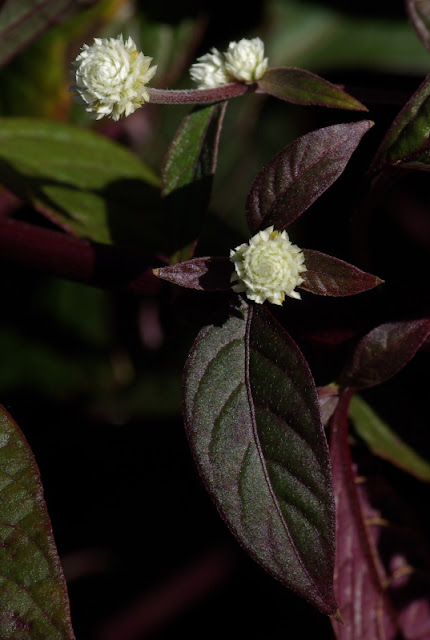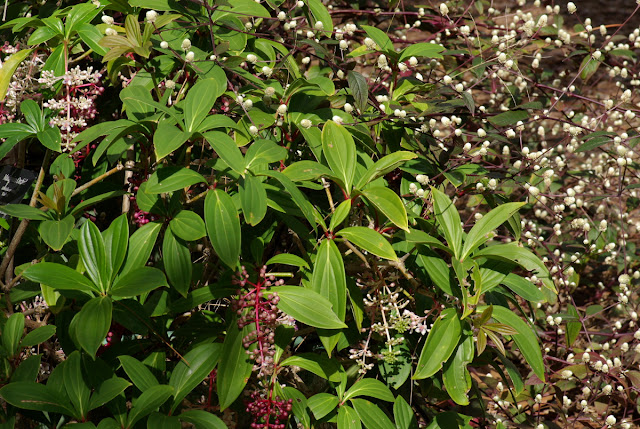 |
| A beautifully grown flowering plant of Flaveria linearis photographed in the native plant garden of Ryan Leavengood, a member of the Palm Beach County Chapter of the Florida Native Plant Society. |
Flaveria linearis is a common, easily grown perennial found in open, sunny areas in pine flatwoods and coastal situations from Jackson County in the Panhandle, south to the Monroe County keys. It is easily grown from seeds as well as vegetatively by division or cuttings, the latter readily rooting in a glass of water or a pot of moist soil. Its cultivation is undemanding and requires nothing more than moist, but well-drained soil, and a half-day or more of full sun. It tends to be short-lived in cultivation, especially if grown in very rich or heavily fertilized soil.
Although it bears small flower heads, Flaveria linearis puts on an attractive show due to the sheer number and brilliant golden-yellow color of the flower heads. Plants in flower are irresistable to a wide variety of insects including flower beetles, native bees, and butterflies. After flowering, the plants get a somewhat unkempt appearance due to the old dried flower heads but a little judicious pruning soon leads to a burst of fresh, bright green, new growth.
Flaveria linearis may be grown in flower beds, cottage gardens, bee or butterfly gardens, wildflower gardens, or along the sunny edges of shrub borders or tree plantings. Because it can tolerate much adversity, it may also be grown in tough urban situations as well as sites where construction has disturbed the soil and there is much rubble present. It naturally occurs in coastal sites and is thus also recommended for coastal gardens. The bright yellow flower heads and its long stems make Flaveria linearis a good plant for cut flowers. And, while it has no medicinal or herbal uses that I know of, its growth habit and appearance permit its use in herb gardens, where its bright green leaves will constrast nicely with silvery-leaved herbs. Its wide natural range from Florida's Panhandle to the Floria Keys indicates that it is an adaptable plant capable of being grown throughout the entire State of Florida. Yet, in spite of its vigorous, carefree nature, it is well-behaved in most gardens and is rarely, if at all, ever weedy due to aggressive self-seeding. Its ease of cultivation, showy golden flower heads, and benefits to native insect wildlife, highly recommend Flaveria linearis for any garden that can accommodate its needs, including those of novice gardeners or gardeners with little experience growing perennials, wildflowers, or native plants.
Image and text © 2013 Rufino Osorio
















